Photo courtesy of Michael Coghlan's Flickr page - Legacy: https://www.flickr.com/photos/mikecogh/6011621198
Creative Commons License: https://creativecommons.org/licenses/by-sa/2.0/
All over the world, people are persecuted.
We know this, but it is easy to forget and, admittedly, it sure seems easy for us all to ignore.
The reality, however, is that persecution has always existed since the earliest days of our global culture, as if it were somehow ingrained. Or, perhaps, it is one of the pillars upon which our great global society is built, which makes you wonder how great our society in fact is.
The most famous example in the post-war years was, of course, South Africa. There was a very strict racial segregation in that land which divided not only white from black, but different factions of races from one another. Afrikaners did not trust or like the English, Zulus did not like Xhosas, and the three major non-white groups - the Coloreds, Asians, and Blacks - were ranked differently according to the official racial caste system that the white minority government put in place.
It was a classic divide and conquer case, but it worked for far longer than most could possibly have imagined. Remember, apartheid was still strictly the law of the land in 1990, and even after FW DeKlerk began the reform process, some legislation remained on the books, and racial segregation was still practiced throughout much of South Africa, including with racially segregated beaches and neighborhoods, and the reimplementing of racially segregated entrances to toilets and public buildings in at least one township - Ventersdorp. It should be stressed that this was all after FW DeKlerk had announced that apartheid as a policy had failed, and then announced the release of political prisoners, most famously Nelson Mandela.
Most importantly, the racial divide remained strongly in place on economic levels, with South African whites enjoying a standard of living that ranked favorably to most of the rest of the world, while the vast majority of blacks lived in squalor and poverty. Despite efforts by the post-apartheid government to try and bridge this gap, a lot still needs to be done. Some (I am thinking of Indian author Arundhati Roy in particular) have even suggested that it is apartheid with a clean conscience.
Now, racial segregation is certainly not unique to South Africa. It existed elsewhere, both officially and unofficially. It was practiced in Namibia, although that country was then occupied by South Africa, and apartheid was simply extended to the occupied territory. Also, Rhodesia (now Zimbabwe) had a white supremacist government and policy that was probably not quite as strict as it was in South Africa. Then again, a war was fought there before that ended.
Australia was a strongly segregated nation, and aborigines there were faced with a lack of access to places in some corners of that country - a de facto "Whites Only" policy. Also, aborigine children were taken from their families in an effort to educate them and merge them with the white society. It was known as "White Australia", and continued on through 1970, roughly. The government of Australia only officially acknowledged this and apologized for it a few years ago.
And then, of course, there is the United States. Jim Crow segregation famously existed, which was a kind of American form of apartheid that included strictly segregated neighborhoods and separate bathrooms, water fountains, buses, and entrances into public places. Also, there was a social segregation that was tantamount to white supremacy. All of this lasted until the mid-60's officially, although the impact of these strained race relations in the United States (which includes slavery and the genocide of the natives in the centuries beforehand as well) has lasted significantly longer.
In much of the rest of the world, there is still large scale persecution, and particularly universal is the oppression of women, although it is also not restricted to them, either.
Here are just a few examples:
The Islamic World
Photo courtesy of Quinn Dombrowski 's Flickr page - "Only For Women": https://www.flickr.com/photos/quinnanya/4996912489
I saw footage recently of a Christian girl being beaten to death on the streets of predominately Muslim Afghanistan. She supposedly had said something against Muhammad, and it cost her her life. Some students at a college somewhere in Afghanistan were talking about this incident later, and admitted that they would likely have joined in had they been there.
Apparently, some of those who were responsible for the girl's brutal death were students themselves.
Indeed, the plight of women in far too much of the Islamic world today is well-known. In some countries, women have to cover themselves from head to toe, are not allowed to drive, are not allowed to receive an education, and are not allowed to go outside of their homes without being accompanied by a man. Forget about the right to vote, and they are forced to sit in the back of a mosque during services. Also, in too many Islamic countries, it is permitted, even unofficially encouraged with a nod by authorities, for men to beat their women. One video clip from a show aired about the Middle East (forgot what country) showed the example of a father instructing his son on how to properly beat a woman and keep her in line, using his wife, the son's mother, as an example.
It has gotten bad enough that some people have likened it to apartheid in South Africa some years ago now, with some measure of legitimacy in my opinion. Indeed, women, who constitute slightly more than half the population, are suppressed and kept powerless. It was not always the case in some of those countries. In particular, I am thinking of Iran and Afghanistan, where there used to be Western leanings.
That is not the only segregation that exists in the Islamic world, however. I remember hearing from Muslims that it is prohibited for any non-Muslims to visit the most sacred city for Muslims, This is not that hard to believe, since Osama Bin Laden's biggest beef against the United States was that troops were sent to Saudi Arabia, which is to say, non-Muslims dared to tread on sacred Muslim soil. Mecca. Also in Saudi Arabia, there are segregated highways for Muslims and non-Muslims.
Here is a picture (I have seen others, as well):
Photo courtesy of Gigi Dreams's Flickr page - Makkah... For Muslims Only: https://www.flickr.com/photos/dreamsvoice/5876250636
Creative Commons License: https://creativecommons.org/licenses/by-nd/2.0/
Israel
Of course, Muslims have often been persecuted, as well. First of all, there is well documented persecution between Sunni and Shi'ite Muslims in certain countries, and there is the oppression of the Palestinians by Israelis. Just recently, the defence ministry in Israel opened a trial period for segregated buses in the West Bank. To his credit, Prime Minister Benjamin Netanyahu ended this practice within hours of it being implemented. It might just be the one time that I liked something that Netanyahu did that I know of.
Still, segregated roads exist in the occupied territories, with separate roads for Jewish settlers and for Palestinians. And something that I was not aware of personally until I stumbled onto it during research for this blog entry: there are sexually segregated buses in Israel as well. Women enter through the back, men through the front. The image I wanted to use showed this clearly, but I was not able to use it due to copyright laws. However, here are some pictures of protests against this practice:
Photo courtesy of Rahel Jascow's Flickr page - Demonstration against segregated buses 11: https://www.flickr.com/photos/rahel_jaskow/6253870453
Creative Commons License: https://creativecommons.org/licenses/by-nc-nd/2.0/
Photo courtesy of Rahel Jascow's Flickr page - No woman left behind: https://www.flickr.com/photos/rahel_jaskow/4430372832
Creative Commons License: https://creativecommons.org/licenses/by-nc-nd/2.0/
Myanmar
Photo courtesy of Chuck Moravec's Flickr page - Kalaw Myanmar Flag: https://www.flickr.com/photos/21822583@N08/13592468504
Creative Commons License: https://creativecommons.org/licenses/by-sa/2.0/
Muslims constitute a persecuted minority in one country in particular, as well. In Myanmar (also known as Burma), the Rohingya Muslims are a severely persecuted minority. They are not recognized as citizens of the country and, in fact, are not recognized even a Rohinga. They have very limited mobility, and cannot escape the country that refuses to recognize them as citizens.
The story of the Rohinga was largely in the background of world affairs for much of the public until fairly recently, perhaps due in large part to Myanmar's long-standing dictatorship.
But as things ease a little there, more stories are coming out. And that includes the plight of the Rohinga, a people that are seen as outsiders even in their own land. We are slowly learning more about Myanmar/Burma as that country opens itself ever more to the world, and that includes the Rohingya Muslims, who we will likely hear more about in the future, as well.
Why Burma's Rohingya Muslims are among the world's most persecuted people by CBC News, May 25, 2015:
Israeli government suspends Palestinian bus 'segregation' trial,published by BBC News, 20 May 2015:
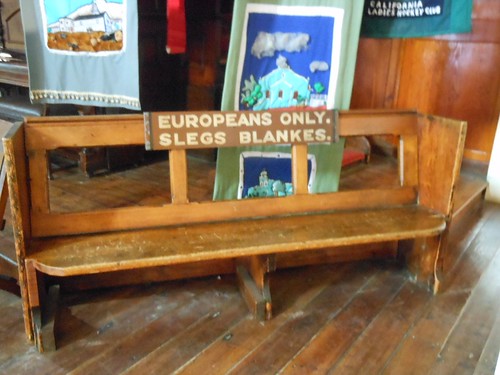
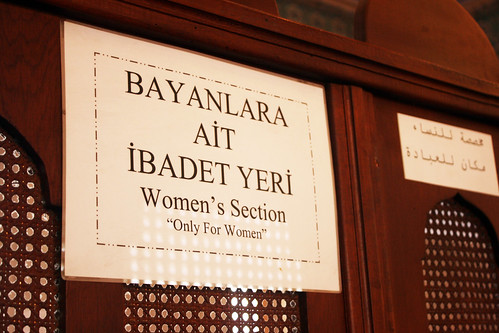
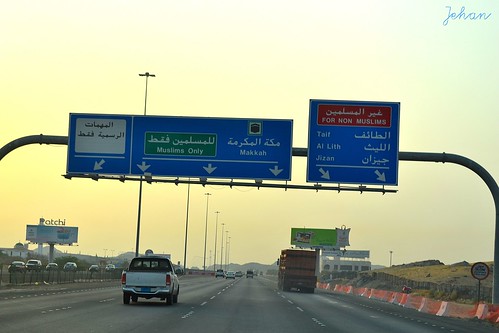
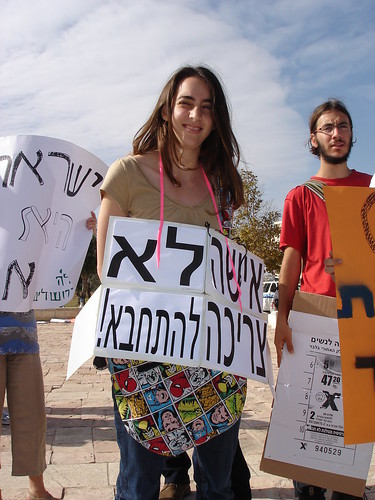
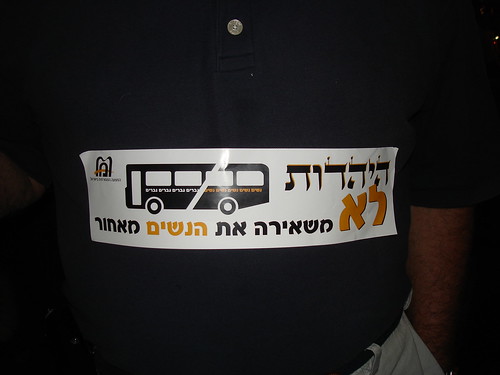
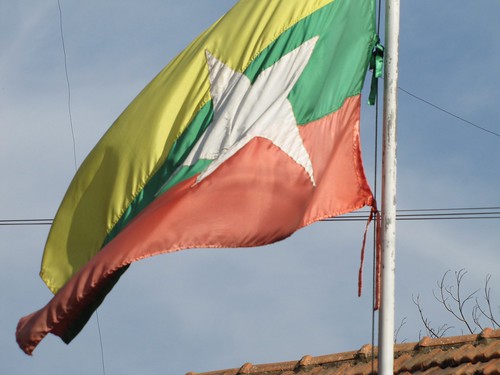
No comments:
Post a Comment